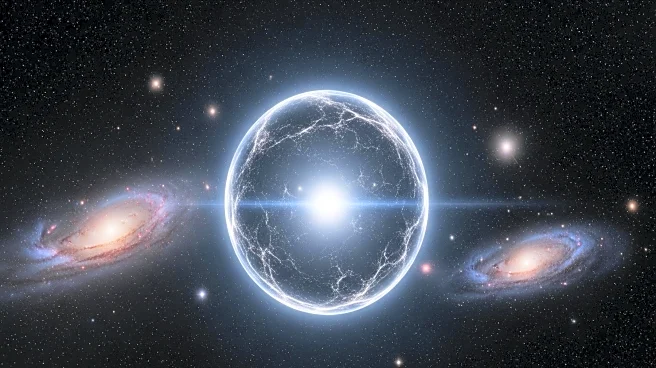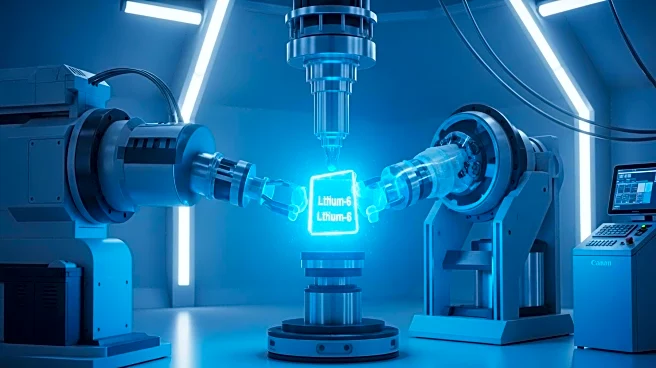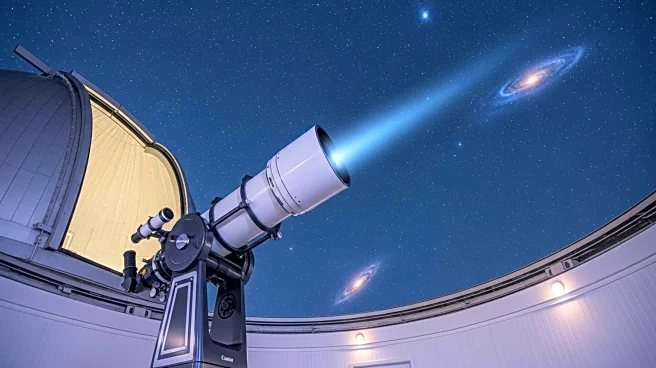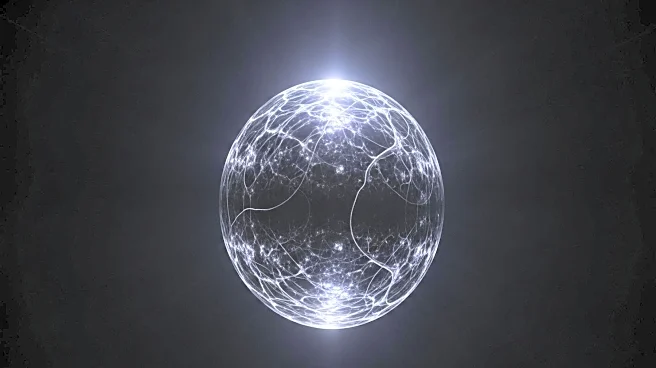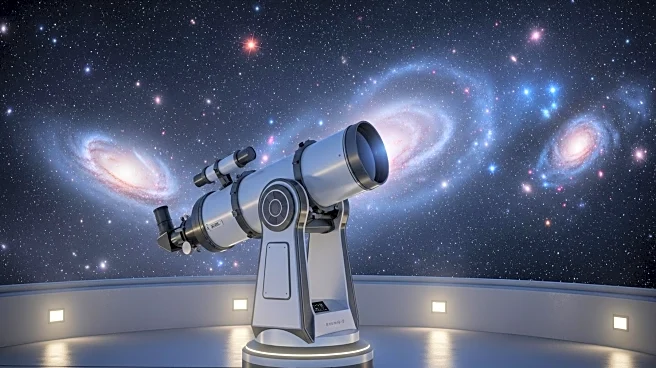What's Happening?
Researchers at CERN have proposed that data from past experiments at the Large Hadron Collider (LHC) may contain evidence of exotic particles similar to axions, which are considered a leading candidate for dark matter. Axions were first theorized in the 1970s to address the imbalance between matter and antimatter in the universe. Despite extensive searches, these particles have not been detected. The team, led by Gustavo Gil da Silveira, suggests that axion-like particles could have been produced during proton and ion collisions at the LHC, particularly in experiments conducted in 2016. These particles, due to their low mass, would behave similarly to photons, which are massless. The researchers believe that by analyzing the data from these collisions, they might uncover previously overlooked signals of these particles.
Why It's Important?
The potential discovery of axion-like particles in existing LHC data could significantly advance our understanding of dark matter, a mysterious component that makes up a substantial portion of the universe's mass. Identifying these particles would not only provide insights into the fundamental structure of matter but also help address one of the biggest questions in physics regarding the composition of dark matter. This could lead to new theoretical models and experimental approaches in particle physics, potentially influencing future research directions and technological developments in the field.
What's Next?
The researchers suggest that future experiments at the LHC could be optimized to detect these axion-like particles by tuning the detectors specifically for this purpose. This would involve careful planning to ensure that background processes do not mimic the signals being sought. Additionally, overcoming challenges related to accessing and analyzing old LHC data due to software changes will be crucial. If successful, these efforts could pave the way for a deeper exploration of particle interactions and the role of these particles in the universe.

